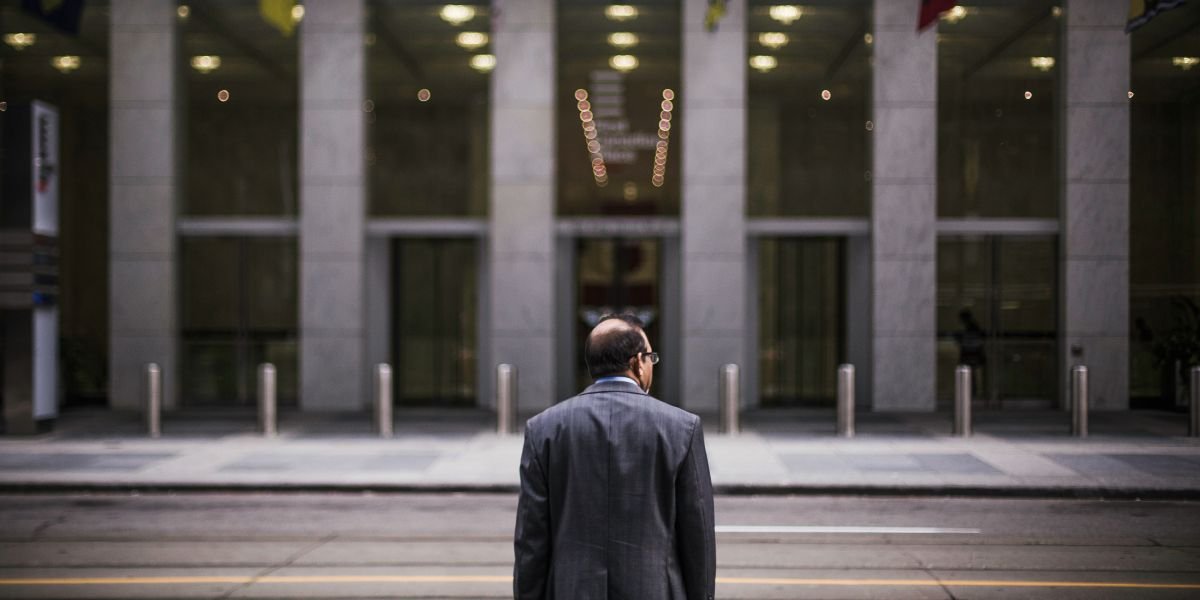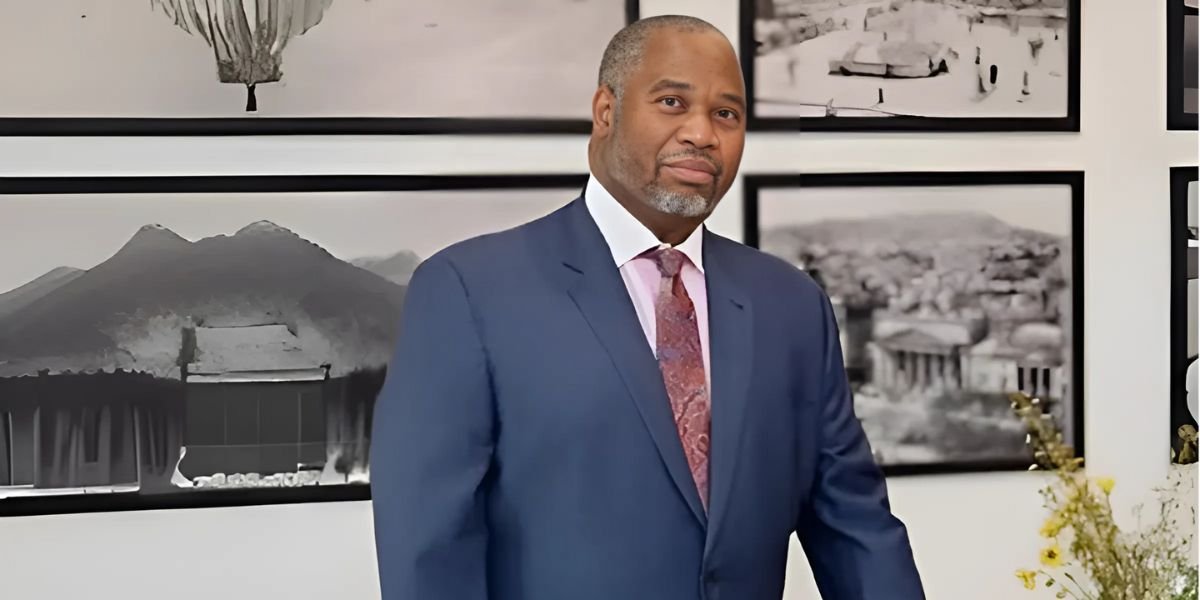The Gender Pay Gap in the Entertainment Industry: A Persistent Issue
The gender pay gap has been a persistent issue across various industries, but the entertainment industry has faced unique challenges in addressing it. Despite the industry’s visibility and influence, women in entertainment—whether in film, television, music, or theater—have historically been paid less than their male counterparts. This discrepancy is often seen in both the spotlight and behind the scenes, where women occupy fewer leadership roles and are paid less for equivalent work.
The issue of unequal pay in entertainment is not just about individual salaries, but reflects broader societal inequalities. Women in leading roles in films or television shows, for example, often face pay disparities compared to male leads, even when the films or shows are equally successful. This gap extends beyond the most visible stars to directors, producers, writers, and other key industry professionals. The media’s portrayal of these disparities has sparked public outcry, but the entertainment industry has been slow to address the issue comprehensively.
Read Also: The Double-Edged Sword in Gender Diversity in Film
In recent years, however, there has been growing awareness and advocacy aimed at closing the gender pay gap. High-profile figures like actresses Jennifer Lawrence, Emma Watson, and Meryl Streep have spoken out about the issue, and initiatives such as the Time’s Up movement and the #MeToo movement have brought attention to sexual harassment and pay inequality. While progress has been slow, the call for equal pay in the entertainment industry has gained traction, and activists continue to push for structural changes.
The Causes of the Gender Pay Gap in Entertainment
Several factors contribute to the gender pay gap in the entertainment industry, many of which are deeply rooted in historical gender norms and systemic biases. One major factor is the disparity in representation. While women have made significant strides in obtaining leading roles in films and television shows, they remain underrepresented in positions of power, such as directing, producing, and writing. This lack of representation at the decision-making levels often translates into fewer opportunities and lower pay for women.
Another key factor is the traditional gendered division of labor in the entertainment industry. Men are more often given roles that are perceived as more valuable, such as action heroes or lead roles in high-budget films, while women are often typecast into roles that are more narrowly defined or seen as less commercially viable. This limited range of opportunities for women translates into a pay gap, as male actors tend to secure higher-paying roles, while women may be restricted to supporting roles or smaller budget projects.
The entertainment industry’s reliance on star power and its focus on box office performance also contribute to the gender pay gap. Men who achieve leading roles in blockbuster films often have greater bargaining power, while women face greater challenges in securing these roles and negotiating higher salaries. This results in a cycle where male actors earn higher wages simply because they have more prominent roles, while women struggle to attain the same level of recognition and compensation, even when they are just as talented and successful.
The Movement Toward Equal Pay in Entertainment
In recent years, several initiatives and movements have aimed at addressing the gender pay gap in the entertainment industry. One of the most notable movements is Time’s Up, which was founded by women in the entertainment industry to address the systemic inequalities and sexual harassment faced by women in the workplace. Time’s Up has actively advocated for equal pay and supported women in their pursuit of fair compensation in all areas of entertainment, from actors to crew members.
Similarly, the #MeToo movement, which gained momentum in 2017, has also shed light on the widespread discrimination and exploitation that women face in entertainment. Through these movements, women have used their voices to demand more equitable treatment, including equal pay for equal work. Several high-profile women in the entertainment industry have come forward with their stories, encouraging other women to speak out about pay inequality and take action to address it.
In addition to grassroots movements, legal and organizational changes have been made to tackle the gender pay gap. In the U.S., the implementation of pay transparency policies has allowed actors, producers, and other industry professionals to be more open about their salaries, making it easier to identify pay discrepancies. The push for salary parity has also led to union agreements that demand equal pay for equal work, and the representation of women in key industry roles has slowly increased. However, much work remains to be done to ensure equality for all.
Challenges in Closing the Gender Pay Gap in Entertainment
Despite growing efforts to address the gender pay gap, significant challenges remain. One of the main challenges is the continued dominance of male-driven projects and decision-making in the entertainment industry. Many of the top-grossing films and high-profile television shows are directed by men, and the major studios and production companies are still predominantly led by male executives. This underrepresentation of women in positions of power means that they often have less influence over decisions related to pay.
Another challenge is the prevalence of bias in hiring and casting practices. Women in entertainment are often subject to ageism and are more likely to experience career setbacks as they grow older, while men are often given more opportunities to continue working and advancing in their careers. The typecasting of women in particular roles—such as the “love interest” or “mother” characters—also limits the scope of their work and the potential for higher salaries. As long as these gendered expectations persist, women will continue to face an uphill battle for equal pay.
The intersection of gender and race presents an added layer of complexity in the fight for equal pay. Women of color in entertainment face additional barriers, including racism and discrimination, which often results in even lower wages compared to their white counterparts. As such, any effort to close the gender pay gap must also address the intersecting forms of inequality faced by women of color in the industry.
The Future of Equal Pay in the Entertainment Industry
While challenges persist, there is hope that the entertainment industry will continue to move toward equal pay. The growing awareness of the gender pay gap, combined with ongoing activism and the work of advocacy organizations, has created momentum for change. More companies are beginning to recognize the need for diversity and gender parity in leadership roles, and there is increasing pressure to ensure that pay equity is prioritized.
Read Also: How American Talent Competitions Shape Fame and the Entertainment Industry
The role of technology and media in amplifying the conversation about pay inequality also cannot be overlooked. Social media platforms have provided a space for women to share their experiences, and public accountability has become an important tool in challenging industry norms. The stories of actresses like Jennifer Lawrence, who has publicly addressed pay disparities, and other influential voices in entertainment continue to inspire action and dialogue on a global scale.
Closing the gender pay gap in entertainment will require a sustained effort from all sectors of the industry, from creators and performers to executives and audiences. By advocating for transparency, increasing representation, and challenging discriminatory practices, the entertainment industry can take the necessary steps toward achieving equal pay for all.








